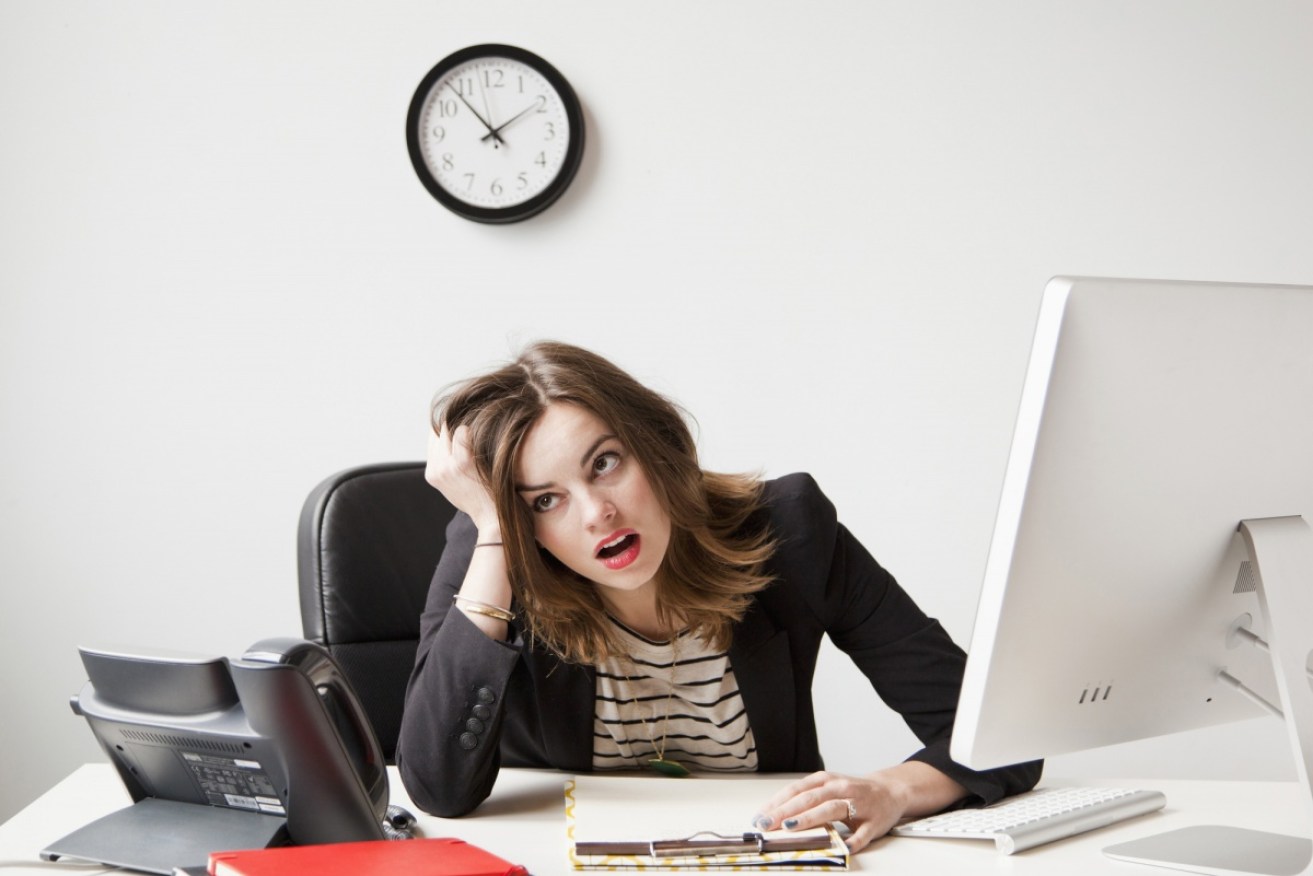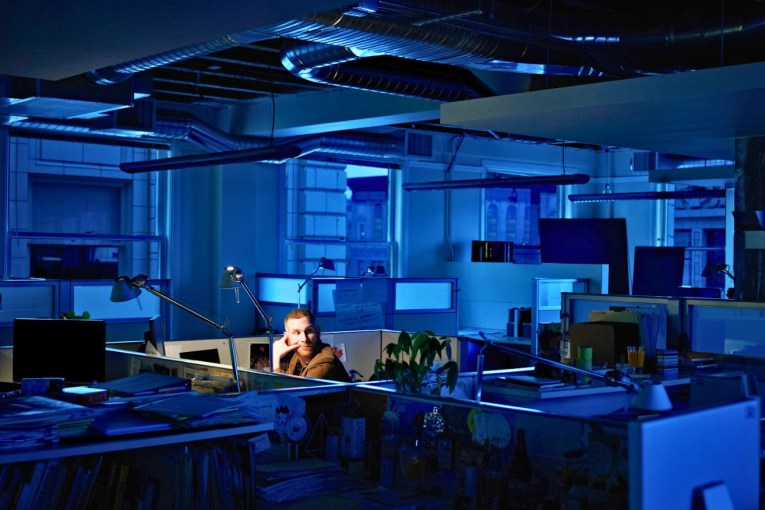How to make office work healthier

The office doesn't have to be a grind. Photo: Getty
Two new studies contain sobering reading for office workers on the harmful effects of a sedentary lifestyle. Thankfully, there’s some good news in there for desk jockeys: the fix is simple.
The first study, published in The Lancet on Thursday, calculated that physical inactivity, on a conservative estimate, cost Australia more than $805 million in 2013 – and the world $90 billion.
It based this estimate on data from 142 countries by looking at healthcare expenditure and productivity losses from conditions linked to physical inactivity, such as coronary heart disease, stroke, type 2 diabetes, breast cancer and colon cancer.
“Physical inactivity is recognised as a global pandemic that not only leads to diseases and early deaths, but imposes a major burden to the economy,” the lead author, University of Sydney’s Dr Melody Ding, said in a statement.

Health is money. Workers and the economy would benefit from more physical activity. Photo: Getty
The breakdown of the economic costs are equally sobering: $640 million in direct costs to healthcare expenditure; $165 million in lost productivity; $425 million in lost tax revenue; and $124 million in household out-of-pocket expenses.
But here’s the good news. Another study published in The Lancet on the same day found that just one hour of brisk walking a day could eliminate the harmful health risks of sitting down all day.
Researchers analysed the activity levels of one million people from Australia, the US and Western Europe. They broke the individuals into four groups depending on their activity levels, ranging from less than five minutes a day right up to those who did at least an hour a day.
Those who sat for eight hours a day, but were physically active, had a much lower risk of death from chronic disease compared to those who sat for fewer hours but were less physically active.
This suggests two crucial things: that sitting is not inherently life threatening (as some have claimed); and that long periods of sitting can be offset by exercise.
This should be encouraging news for the increasing number of Australians employed in offices or working from home. We sit on our backsides in cars and trains, then while away the hours at desks, before hopping back into our cars and trains to eat dinner at kitchen tables and watch TV on couches.

Sedentary workers are a drain on the economy.
Thankfully, it would seem that even modest increases in activity at work, coupled with a bit more vigorous exercise at home or the gym, could help us live longer – and perhaps boost the economy in the process.
That’s according to lead author Professor Ulf Ekelund from the Norwegian School of Sports Sciences, who said in a statement that while an hour of physical activity per day is recommended, at least some exercise each day is beneficial.
“We cannot stress enough the importance of getting exercise, whether it’s getting out for a walk at lunchtime, going for a run in the morning or cycling to work.”
How to get active in the office
The New Daily has previously interviewed physical activity experts – including Deakin University’s Prof Jo Salmon, University of Newcastle’s Prof David Lubans and The University of Melbourne’s Dr Brigid Lynch – to find out the easy ways to boost activity at work.
Here’s how:









